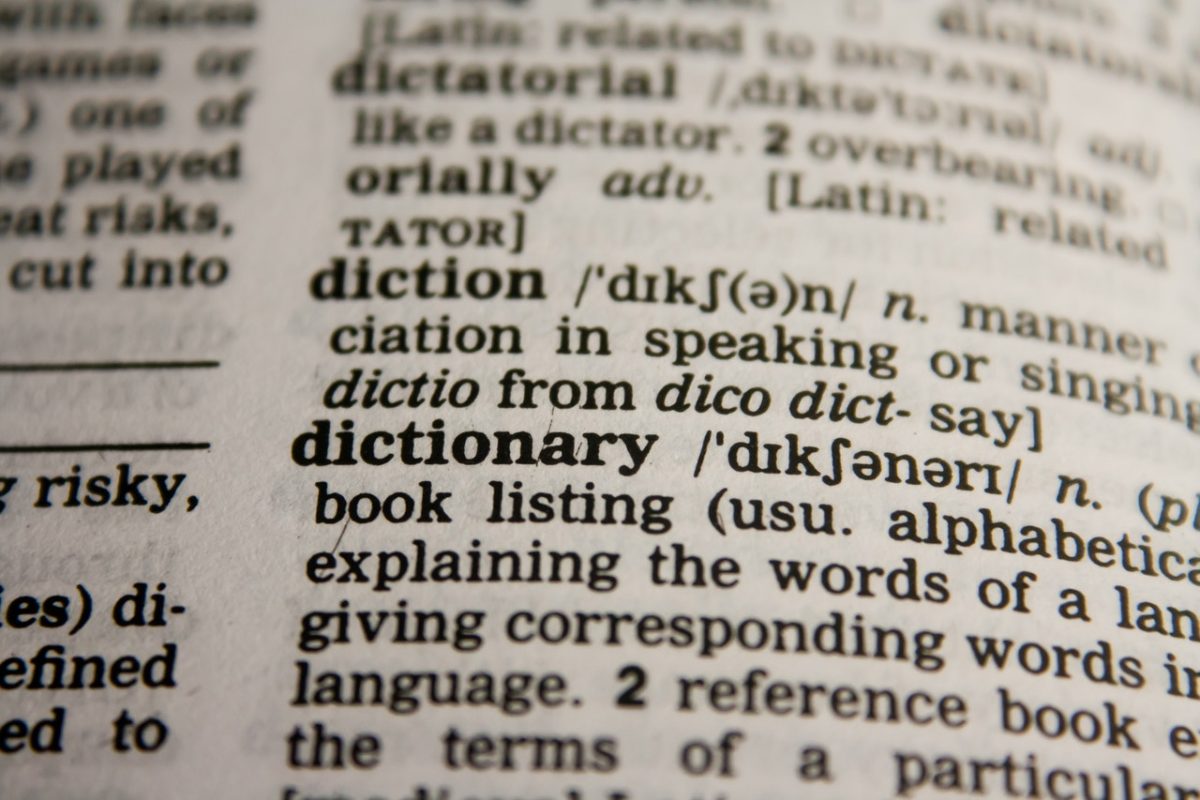While there is nothing more entertaining than coming across amusing signage or questionable descriptions on menus when on holiday, no company wants to be the laughing stock of their sector.
Bad translation has the potential to make an absolute mockery of you and your brand – even if the words are, apparently, correctly translated.
Not only can it lead to laughs at your expense, but your translation could also end up being really quite rude. A marketing department that doesn’t respect the intricacies of localisation could end up offending prospective partners or clients.
The obvious example of this is the numerous languages that distinguish between different forms of ‘you’, depending on who an individual is talking to. In English, we only have the one form, but if we don’t respect that this is simply not the case with other languages, we might end up causing genuine offence, which is hardly ideal for drumming up business.
If it’s not funny and it’s not rude, it may just end up being plain wrong. You won’t entertain, you won’t offend, but nor will you make any sense whatsoever – and if that’s the case, your content becomes completely worthless.
To ensure you get the right results from your marketing in foreign markets, it’s crucial to work with reliable translators and language experts who can save you from embarrassment and cultural gaffes.
This is something Axonn has helped our clients with in the past.





